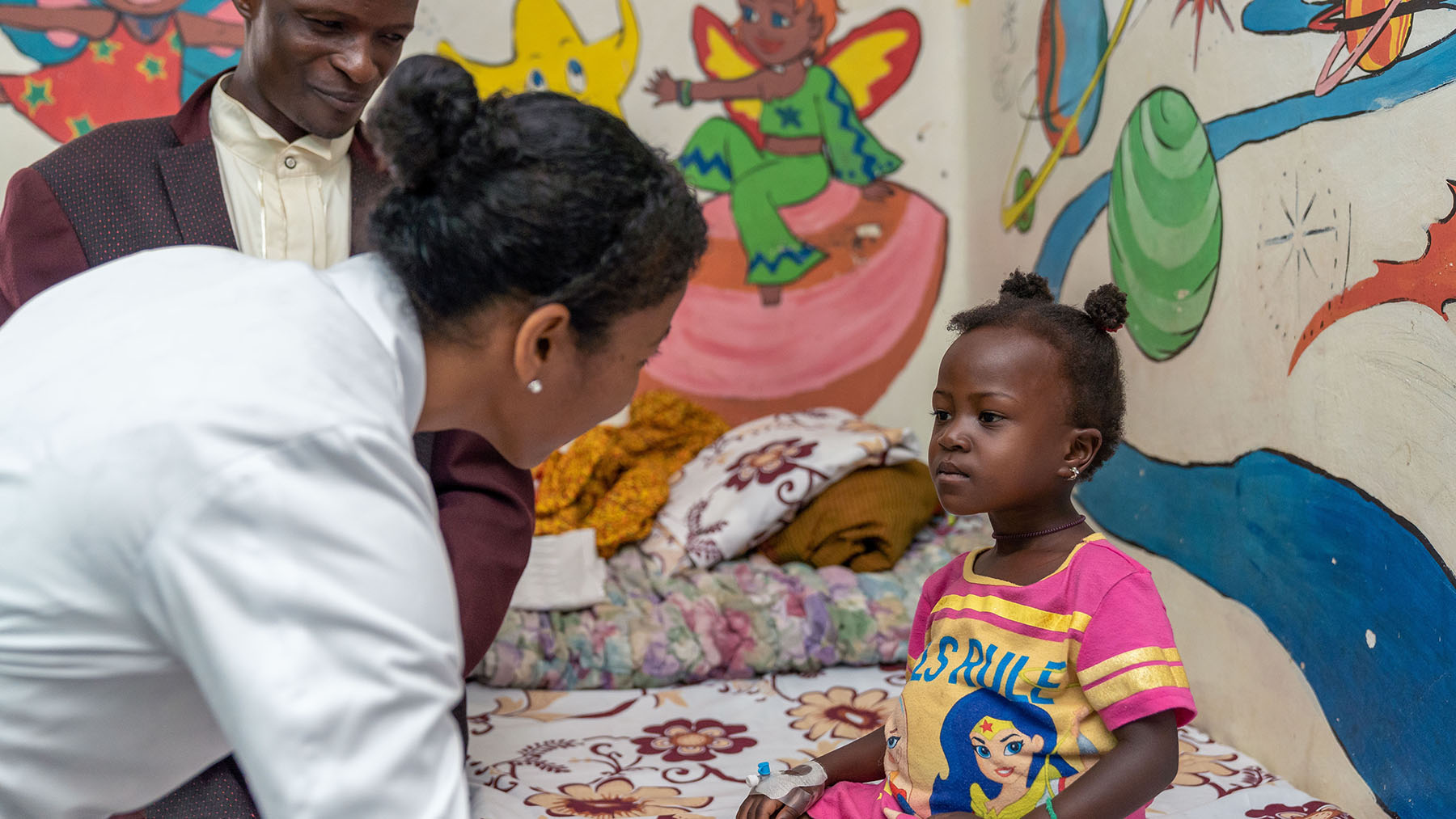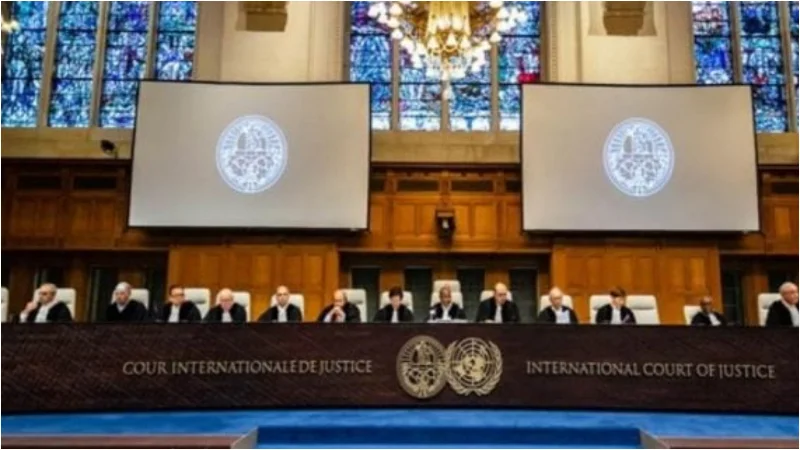KAMPALA, Feb. 15 (Xinhua) — As the world commemorates International Childhood Cancer Day on Tuesday, free treatment of children with cancer in Uganda is reigniting their hope.
The day which falls on Feb. 15 every year, aims at raising awareness about childhood cancer and to express support for children and adolescents with cancer, the survivors and their families.
Solomon Nsubuga, 10 years old, is set to resume school after two-year successful cancer treatments. Nsubuga is among the hundreds of children who are benefiting from free cancer treatment under the Global Hematology-Oncology Pediatric Excellence program (Global HOPE) at the country’s Mulago National Referral Hospital.
Ann Akullo, a child cancer specialist at Mulago told Xinhua that since the Global HOPE program started in 2019, over 730 children have been diagnosed with cancer and treated.
Akullo said for the past three years, 19 cancer pediatric specialists have been trained to handle child cancer patients and four others are undergoing training at Mulago hospital. She said the country has developed a cost-effective pediatric cancer treatment program that will save lives.
“We came up with the cost-effective treatment of our cancer child patients after realizing that we lose many of them due to burkitts lymphoma and leukemia cancer,” Akullo said.
A cancer awareness campaign, according to Akullo, has led to early diagnosis and improved treatment.
“Now we have families that have been counseled and we have done a follow-up to ensure that the child cancer patients get their treatment timely,” she said.
Joyce Balagadde Kambugu, a pediatric Oncologist at Uganda Cancer Institute, a state-run medical institution, said childhood cancer is curable when children have access to diagnostic, therapeutic and supportive care.
“This should be true for all children in all settings, yet for those with cancer in low and middle-income countries, survival is still reduced,” Kambugu said, arguing that these inequalities in childhood cancer care are unacceptable and a threat to communities, economic development and social stability.
She said they are pushing for new legislation to include childhood cancer care as an essential service. She noted that new members of the workforce are being trained and more funds are sought both within and outside for childhood cancer.
Both experts argued that over 85 percent of pediatric cancers are cured in high-income countries because of the state-of-the-art treatment interventions.
They however noted that in low and middle-income countries, the situation is different because of several factors which include lack of awareness of childhood cancer, scarcity of anti-cancer medicines, misconceptions and biases about childhood cancer and a lack of financial and social support to maintain people on care.
Kambugu said there are six common cancers that they are focusing on because they are highly curable with proven therapies. They include acute lymphoblastic leukemia (blood cancer), Burkitt lymphoma (a fast-growing lymph gland cancer), Hodgkin lymphoma (a lymph gland cancer), Retinoblastoma (a childhood eye cancer), Wilms tumor (a childhood kidney cancer), and low-grade glioma (a brain cancer). These represent 50-60 percent of all childhood cancers.
[embedpost slug=”vietnam-ends-covid-19-curbs-on-international-flights/”]




















